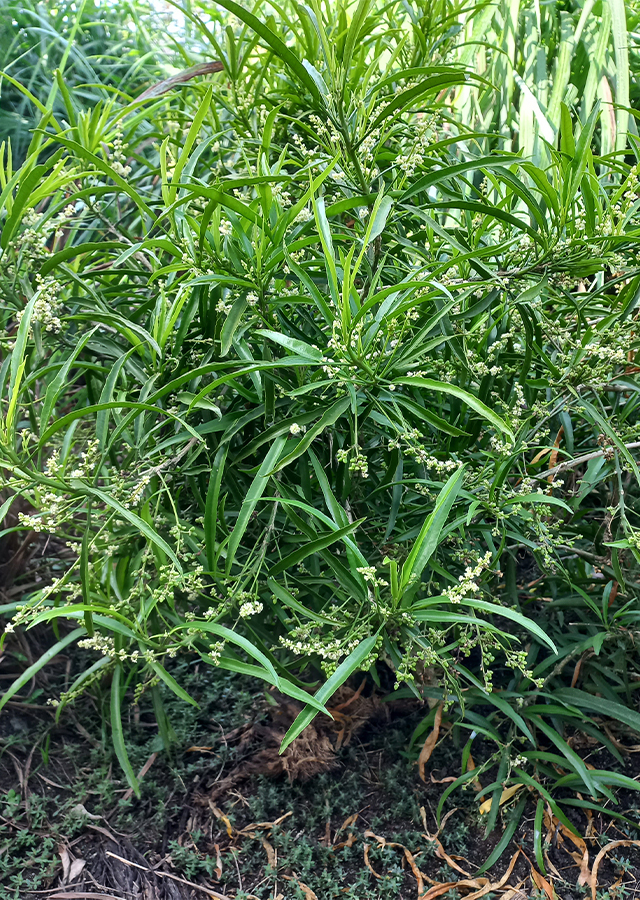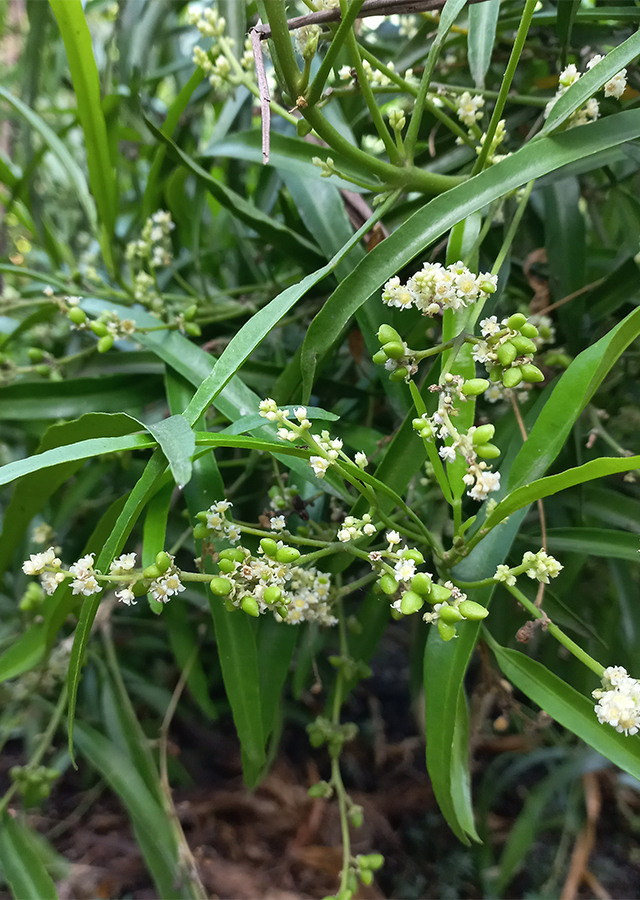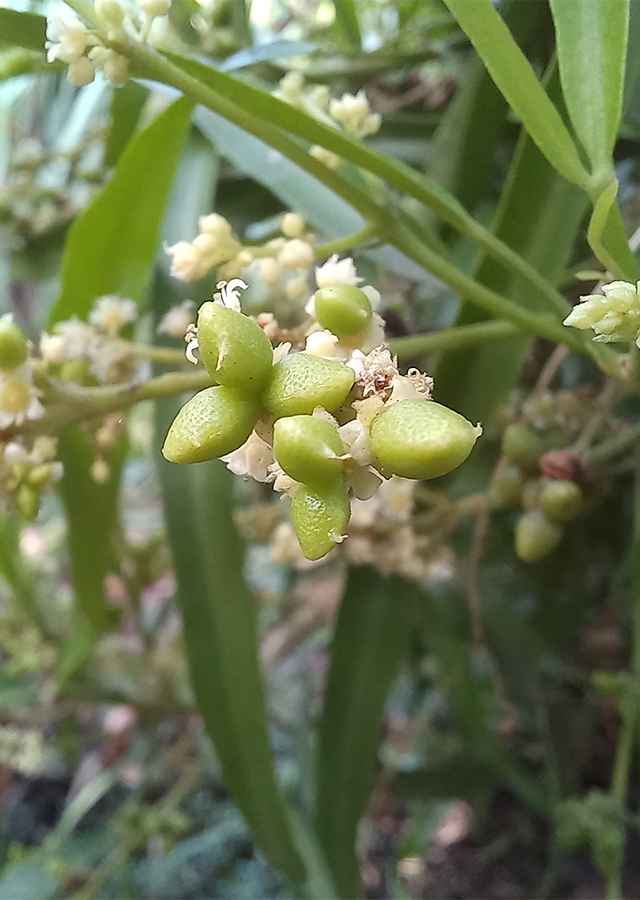Traditional Herbs from Euodia hortensis
eliminate_the_itching_feeling_of_being_bitten_by_mosquitoes
- Prepare fresh zodia leaves, wash them until clean.
- Rub the leaves directly on the itchy area caused by mosquito bites.
overcome_mouth_odor
- Prepare fresh zodia leaves then wash them until clean." "Chew the zodia leaves then throw away the dregs." "After that the bad breath will disappear and be replaced by a fragrant aroma zodia.\u00a0
What is Euodia hortensis Looks like??



Parts of Euodia hortensis that could be used
- Leaves
- Bark
- Flowers
- Roots
- Stems
Euodia hortensis Distribution
Zodia is an endemic Indonesian plant originating from Papua. However, now it is widely grown on the island of Java, and is often found planted in the yard or garden as an ornamental plant, boundary marking plant, and sometimes planted in graves. This plant is harvested from the wild for local use as medicine and fragrance. For generations, Papuan people have used this plant to repel insects, especially mosquitoes, by rubbing the leaves all over the body. In the Sentani area, zodia is used as a body odor remover and a tonic to increase body stamina. The leaves are sometimes also used as a liniment to treat colds and relieve itching. The zodia plant, especially the leaves and flowers, produces a fragrant aroma which can be used to scent coconut oil.Agroecology of Euodia hortensis
Zodia plants can usually be found growing in shrubs, lowland forests, fallow forests and tree groves. This species grows well at an altitude of 400 - 2,000 m above sea level. In its growth, zodia likes open areas with full sun, but also does well in partial shade. Moist and well-drained soil conditions are preferred by this plant, and the level of zodia's need for water is in the moderate range.
Morphology of Euodia hortensis
- Taproot.
- Woody stem, small.
- Leaves single, opposite, lanceolate, long flat but flexible, leaf edges wavy (undulate) and pointed at the tip and base of the leaf, slightly yellowish green, leaf surface smooth and shiny, the leaves are pinnate, have a fragrant aroma, and taste bitter.
- Flowers\u00a0hermaphroditic, compound, emerge from the tip of the stalk and Leaf axils. The crown is 4 in number, oval in shape, yellowish white in color. The flower arrangement is panicle-shaped, one panicle consists of five to dozens of flowers. Gives off a fragrant aroma that mosquitoes hate when old it is brown, and contains four seeds.
- The seeds are egg-shaped, small, shiny black.
Cultivation of Euodia hortensis
Plant propagation is carried out generatively (seeds) or vegetatively (stem cuttings).
Euodia hortensis, more details :
Chemical Content of Euodia hortensisEssential oils (evodiamine, rutaecarpine, linalool, a-pinene, caryophyllene, alpha-copaene, arcucumene), menthofuran, evodone, hortensol, berberine, furoquinoline, acridone alkaloids.
Benefits of Euodia hortensis
Treats toothache, canker sores, stomach ache, headache, earache, dysentery, pneumonia, kills cancer cells, treats testicular swelling, bruises, relieves pain during childbirth, relieves colds, reduces malaria fever, treats diseases with symptoms of yellow eyes and urine jaundice, seizures in children, tonic to increase body stamina, eliminates itching due to mosquito bites, eliminates bad breath, ointment to treat colds. It has anti-inflammatory, emmenagogue (menstrual blood flow), antimalarial, anti-mosquito and laxative activities.
Simplisia of Euodia hortensis
Another Facts for Euodia hortensis :
Synonym of Euodia hortensisEuodia suaveolens Scheff., Ampacus hortensis (J.R.Forst. & G.Forst.) Kuntze, Fagara euodia L.f., �
Habitus of Euodia hortensis
Bush. Shrubs or small trees, annual, height ranging from 50-200 cm
Habitat of Euodia hortensis
- Forest
- Land
No comments:
Post a Comment